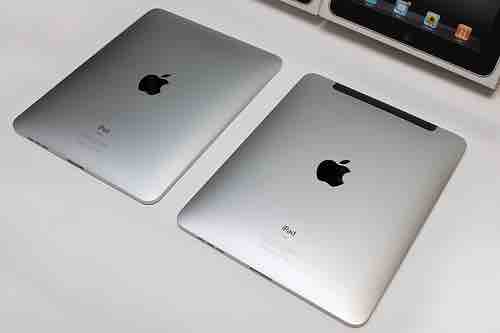Idea screening is an early step in the new product development process and is a critical part of the development activity. If a poor product idea is allowed to pass the screening state, it wastes effort and money in subsequent stages until it is later abandoned. However, the possibility of screening out a worthwhile idea is even more serious, There are two common techniques for screening new product ideas. Both involve the comparison of a potential product idea against criteria of acceptable new products.
The first technique is a simple checklist. For example, new product ideas can be rated on a scale ranging from very good to poor by such criteria as value added, sales volume, patent protection and affect on present products. Unfortunately, it is quite difficult for raters to define what is fair or poor. In addition, the rating system does not address the issue of the time and expense associated with each idea, nor does it instruct with regard to scores. A second technique goes beyond the first, in which criteria are assigned importance weights, with products rated on a point scale measuring product compatibility. These scores are then multiplied by their respective weights and added to yield a total score for the new product idea.
In summary:
The object is to eliminate unsound concepts prior to devoting resources to them.
The screeners should ask several questions:
- Will the customer in the target market benefit from the product?
- What is the size and growth forecast of the market segment / target market?
- What is the current or expected competitive pressure for the product idea?
- What are the industry sales and market trends the product idea is based on?
- Is it technically feasible to manufacture the product?
- Will the product be profitable when manufactured and delivered to the customer at the target price?

Product Screening
Before introducing the iPad to market, Apple had to go through a process of screening in order to conclude the new product would be a worthwhile investment.